
Local Law 97 is one of several NYC local laws expected to have a large impact on building owners throughout New York City in the coming years. In fact buildings are one of the top contributors of carbon emissions, and NYC’s residential and commercial buildings contribute roughly 70% of the total CO2 emissions in the city. That’s why the NYC Council has implemented this climate change mitigation strategy, which has made reducing emissions of built infrastructure a priority.
Luckily, Local Law 97 compliance won’t be as tedious as it many have made it seem. In this article, we’ll cover everything building owners need to know about NYC Local Law 97 compliance and how to reduce your carbon footprint.
Aggressive Energy is committed to giving our clients the tools and resources they need to be both financially and energy efficient. For more help on NYC local law compliance, check out our complete guide to New York City building compliance.
Read on for our Local Law 97 compliance guide for NYC building owners!
What Is Local Law 97?
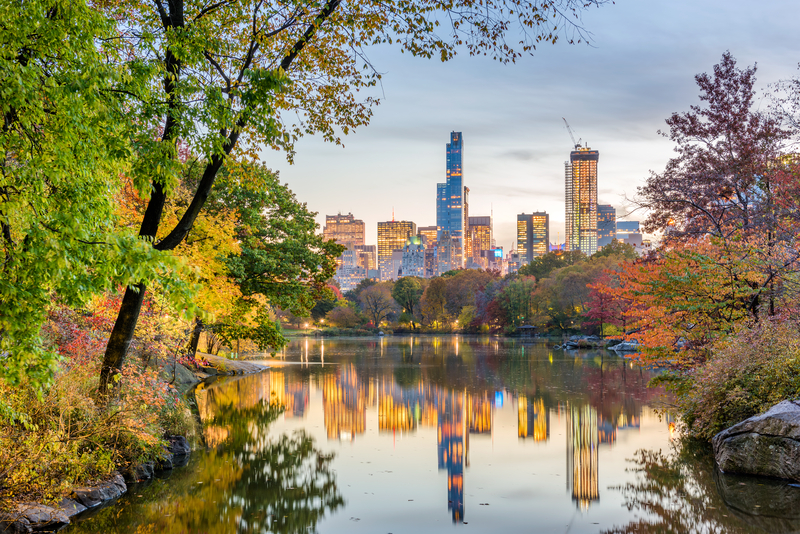
Local Law 97 (also known as LL97) was passed in New York City as a part of the Climate Mobilization Act. Local Law 97 requires buildings larger than 25,000 square feet to meet strict greenhouse gas emissions limits. This new law will affect 50,000 buildings across the city. The main goal of these new LL98 laws were created in an effort to reduce carbon dioxide emissions from commercial buildings in the city.
Who Does Local Law 97 Apply To?
NYC Local Law 97 applies to commercial buildings larger than 25,000 square feet. These buildings must keep their carbon emissions under a set limit each year to avoid carbon fines and are referred to as “covered buildings” in the legislation. The limits are set based on building type.
If you own a group of two or buildings with a total area over 50,000 square feet under the same tax lot, you will also have to comply, even if one of those buildings is under 25,000 square feet on its own. Buildings owned by the city, buildings that have one or more rent-regulated units, certain types of affordable housing, and buildings of worship are exempt.
What Are the Local Law 97 Compliance Periods?
LL97 will be implemented across the city in two phases. Each phase will have set emission limits on NYC’s large commercial and residential buildings. The two LL97 periods are
- Initial period of 2024-2029
- Second period of 2030-2034
What Are The Local Law 97 Carbon Emission Targets?
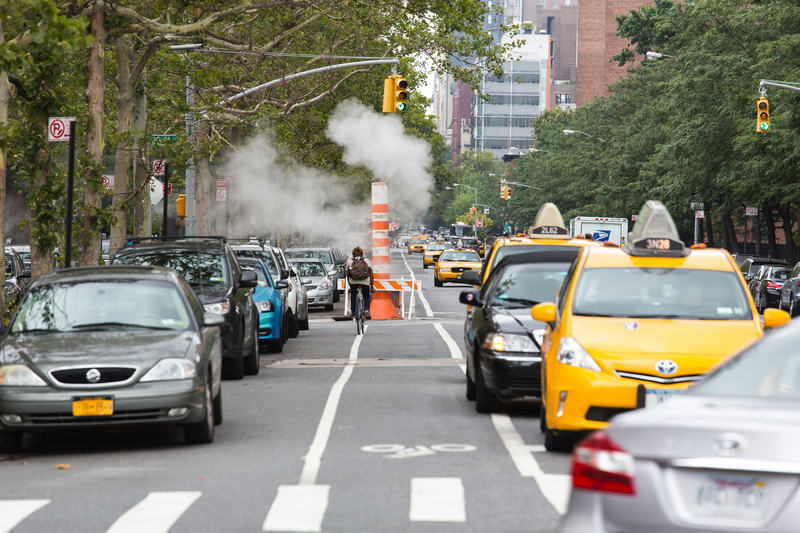
Emission limits for Local Law 97 are set based on type of occupancy spaces within the building. For instance, a mixed-use building, with a ground floor serving as retail space and the rest as residential, calculates its emission limits proportionately to the square footage of type of space.
Here is a list of carbon emission limits by occupancy classifications for Local Law 97:
What Does Local Law 97 Compliance Require?
Compliance requires building owners to create and present an emissions intensity report with a registered design professional’s stamp of approval. Under these filings building owners must report carbon emissions from the previous year. Since the first year of reporting will cover 2024, you’ll submit your first report in 2025. This will continue annually with a deadline of May 1 each year.
This NYC green building law sets out building limits through 2050 in periodic phases, gradually increasing limits on carbon dioxide emissions from buildings. The first two compliance periods are 2024-2029 and 2030-2034, with the rest of the phases to be set by January 2023.
Failure To Comply With LL97
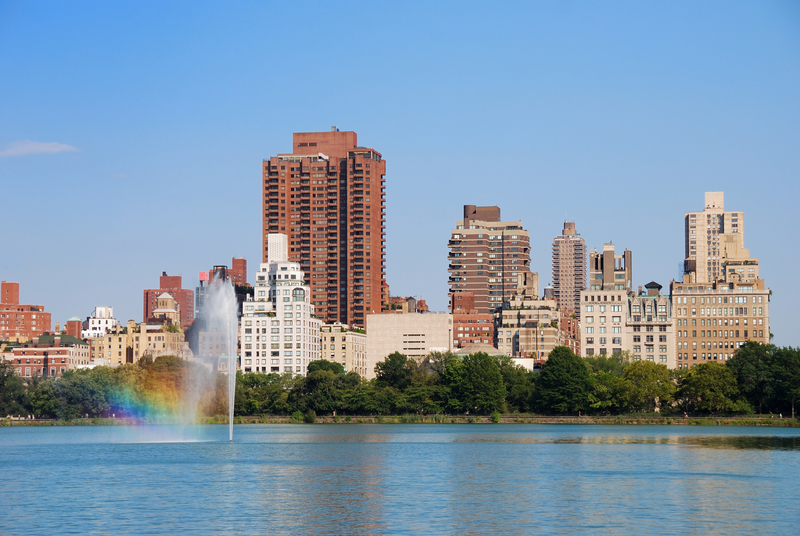
If you fail to comply with Local Law 97, you’ll be fined $268 per metric ton that the building’s carbon footprint surpasses the limit. However, if you develop a history of noncompliance, the Local Law 97 advisory board has the right to take that (along with other relevant factors) into consideration when imposing a penalty.
Houses of worship, buildings with regulated units and other forms of affordable housing are excluded from the bill. The Deal also establishes the Property Assessed Clean Energy (PACE) program to facilitate retrofits through long-term financing, and requires installation of solar PV and green roofs on new buildings and major renovations. PACE financing is tied to the property and not the owner, allowing obligations to be transferred to a new owner when the property is sold and assuaging concerns about securing long-term savings from large retrofit investments.
Failure to submit your Local Law 97 report
If you fail to submit a report, you’ll be fined $0.50 for each square foot of your building, for each month that the violation is not corrected within 12 months. Fortunately, you have a grace period of 60 days within the due date. If you submit your report within that timeframe, you won’t be liable for that fine. Still, don’t wait until the last minute and give yourself an unnecessary headache!
Submitting a Local Law 97 report with false statements
Hopefully, lying on your report isn’t an option you would consider, but just in case: If your report contains any false statement(s), you’ll be charged with a misdemeanor and subject to a fine of up to $500,000. You could also face a 30-day prison sentence.
How To Test For Carbon Emissions Under Local Law 97
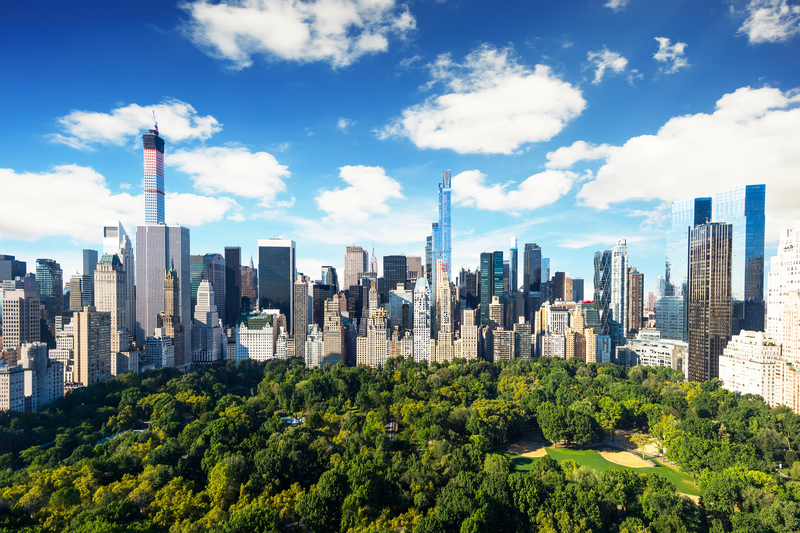
Carbon emissions, also known as building emissions, are emissions of greenhouse gases, such as carbon dioxide. A building’s emissions are created as a result of its operational functions. The total amount of greenhouse gases you emit is your carbon footprint.
Calculate your carbon footprint and building emissions intensity
The first step to complying with Local Law 97 is to calculate your building’s current emissions. This can be done by inputting the type and quantity of fuel used in the building into the free US EPA’s Energy Star Portfolio Manager. This will allow you to gauge the excess emissions you need to eliminate in order to comply with the new law.’ If your building is in the process of completing your Local Law 87 energy audit, this could be a good place to start. Ask your energy auditor to look into longer-term energy saving strategies.
How To Reduce Carbon Emissions To Meet Local Law 97 Goals
How Local Law 97 Impacts Building Owners
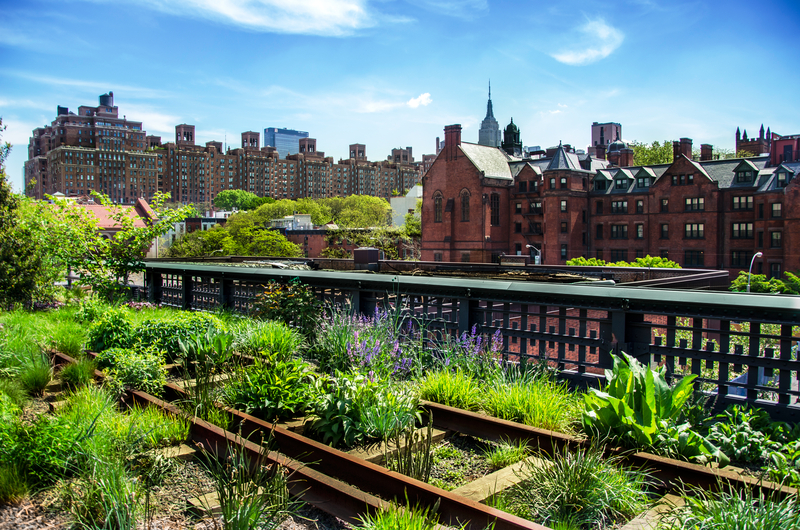
LL87 requires emissions to be reduced by 40% city-wide by 2030, which is a 26% reduction for carbon dioxide emissions from buildings. That equates to about 5.3 million metric tons, a number equivalent to the total emissions from the city of San Francisco.
The NYC green building law impacts nearly 50,000 buildings, many of which are critically above their emissions limit. This means a LOT of buildings will more than likely require substantial energy management system updates or alternate compliance by 2030. This was designed purposefully: By making 2024-2029 limits easier for the standard building to comply with, you have nearly a decade to prepare for the much tighter limits beginning in 2030.
Financially Preparing For LL97 And Its Varying Phases
You may think 9 years is plenty of time to prepare, but keep in mind that switching to clean energy on a large scale can cost a hefty upfront fee. Even if you were planning to sell that property in the next few years, potential buyers will take the cost of the necessary upgrades into account. This means you’d get less money than you probably hoped for, whereas upgrading the energy system could only add value.
Keep in mind that if your building usage is largely determined by tenants, you’ll have to create a plan that involves working together. Any plans or requirements will need to be communicated to current and future tenants.
Where Can I Find Additional Local Law 97 Information?
The 21-page Local Law 97 document is available for download here. You can also find it later by accessing the official NYC Local Laws webpage. The Urban Green Council has created a two-page NYC Building Emissions Law summary that you may also find resourceful.
If you are interested in learning more about Local Law 97 and how you can start to reduce your carbon emissions be sure to contact us online, call our office at 888-836-9222 or fill out the form below!
Speak With A Local Law 97 Energy Expert Now
This article covers everything you need to know about Local Law 87 and Local Law 88 compliance. These laws were passed as part of the NYC Greener Greater Buildings Plan, which targets New York City building energy efficiency. We’ll cover when is LL87 due as well as LL87 energy audits, how to comply with the energy efficient lighting and submetering requirements of LL88, and how to maximize the benefits of all of the above for your building.
At Aggressive Energy, we’re experts at NYC Local Law Compliance. We’ll help you create a sustainability plan and work collaboratively to ensure your energy goals are met without breaking the bank.
Read on to learn about NYC Local Law 87 and 88!
What is Local Law 87?
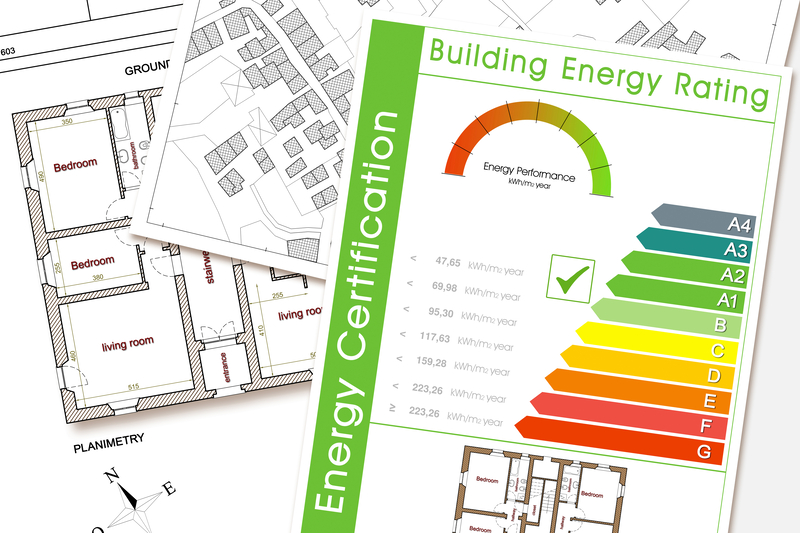
Passed as a part of the Greener Greater Buildings Plan, Local Law 87 put in place specific energy audit and retro-commissioning benchmarking requirements for all buildings over 50,000 gross square feet. It also applies to multiple buildings that combined are over 100,000 gross square feet on a single lot. These buildings must conduct regular energy audits and retro-commissioning measures.
The law was created in an effort to help building owners better understand their property’s energy efficiency and highlight areas that need improvement. This, in combination with the benchmarking guidelines set in place by Local Law 84, was designed to make energy efficiency a higher priority for NYC building owners.
What does LL87 require?
LL87 requires that energy audits and retro-commissions must be submitted in an Energy Efficiency Report, or EER, every ten years. To find the year your compliance is required to begin, look at the last digit of your tax block number. All tax block numbers besides 1 and 2 (which are due December 31, 2021 and 2022, respectively) should have already submitted their first report. All following reports will be due to the city again ten years later on the same date, December 31.
Your EER should include the following information:
- Basic information about your building
- List of current equipment
- Breakdown of your building’s energy use
- Energy conservation practices identified from the audit you plan to implement
- Measures you plan to include in your building’s retro-commissioning plan
What is an energy audit?

Word writing text Energy Audit. Business photo showcasing assessment of the energy needs and efficiency of a building Woman wear formal work suit presenting presentation using smart device
An energy audit analyzes how much energy a building uses. Your audit will give insight on your building’s current energy consumption rate and assess how efficient your energy currently is. Even though you’re only required to submit these reports every ten years, you should be benchmarking your energy consumption annually to ensure you’re making appropriate progress.
What is retro-commissioning of a building?
Retro-commissioning is essentially just making sure your equipment installation and performance is done correctly. Similar to how an energy audit analyzes your building’s overall energy use, a retro-commissioning plan analyzes the appliances actually using the energy. The goal is to improve your existing energy management system and/or to show you what replacements need to be made.
What is Local Law 88?
Like Local Law 87, Local Law 88 was passed as part of the Greener Greater Buildings Plan in an effort to drastically improve New York City building energy efficiency. The law requires the owners of commercial and multi-family buildings to improve the efficiency of their lighting systems and install tenant sub-meters to meet the NYC Energy Conservation Code by January 1, 2025.
How do I comply with LL88?
Your building(s) must comply with LL88 if it falls into any of the following conditions:
- Single building with at least 50,000 square foot of floor space
- Group of 2 or more buildings under the same tax lot, that combined add up to 100,000 square feet
- Group of 2 or more buildings under the condominium form of ownership, that combined add up to 100,000 square feet
If you are the building owner or a co-op and condo association, you are responsible to comply with Local Law 88. You also have the ability to delegate reporting to a consultant or your building manager. If your property is categorized as a certain occupancy group, it may be exempt from the efficient lighting upgrades and/or submetering. Be sure to check with your provider if you think your property may be exempt.
How do I upgrade to LL88 lighting requirements?

Local Law 88 lighting requirements are laid not laid out in the law, but in the NYC Energy Conservation Code. The requirements vary for each type of application, and there are two steps to energy code lighting standards. The first is how much lighting power is used in a given area, which is measured in watts of lighting per square foot. The second is lighting controls, which are things like switches, sensors, and timers.
Here are some tips to upgrade your building to have a light efficient design:
- Determine any exemptions in your existing lighting system
- Develop an upgrade and meter installation plan track your progress
- Install LED lights (or an alternative like compact fluorescent lights that will meet the same high-efficiency standards)
- Install a lighting control system (required for most commercial properties)
- Make sure your exit signs aren’t using any more than 5 watts
- Work lighting upgrades into standard leases (if applicable)
- Consider hiring a lighting consultant
- Work with your energy provider to ensure you’re meeting the code standards
Lighting system elements that meet NYC Energy Conservation Code requirements applicable after July 1, 2010, do not require an upgrade.
Benefits of Local Law 87 and 88

The biggest concern businesses have with green laws like these is the cost associated with them. Green energy is an investment, but it’s certainly one that is worth it for both your business and your community. The long-term savings combined with improving the environment will deliver an ROI that makes it all worth it.
Local Law 87 only requires you to submit your energy audit and retro-commissioning report every ten years, which gives you plenty of time to improve your energy consumption and efficiency. Take advantage of this time by creating a realistic plan that allows you to space out any costly upgrades. LL87 requirements also gets you in the habit of paying attention to how much energy you’re using as well as how much your building’s appliances use.
Local Law 88 uses sub-metering to send an accurate price signal to tenants, which helps reduce energy consumption in leased spaces. When tenants can accurately monitor their electric consumption, they are more likely to practice energy efficient habits. As a building owner, removing these utility expenses from your balance sheet will boost your bottom line as you reduce net operating expenses.
At Aggressive Energy, we understand how busy our clients are. You don’t have time to learn and keep up with the all the NYC Energy Compliance laws, which is why we do it for you. We’re committed to creating sustainable energy plans that are customized to fit our clients needs. If you’re ready to work with an energy provider you can trust, contact us today!